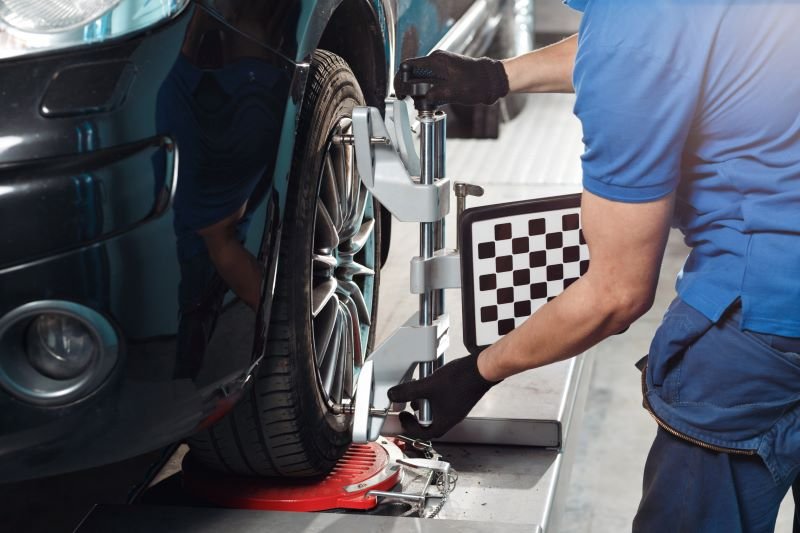Working in a confined space requires skill, experience, knowledge, tools and fast decision making. It takes just a minute or one wrong move for the entire operation to be in danger. If this happens, it’s important to act quickly and help people who are in danger. But, the main goal is to do all it takes to make any confined space safer for workers. There are certain steps you can take to assess the risk factors and take extra precautions before work commences.
A plan of actions
The first and equally essential step regarding any type of work in a totally or partially enclosed space is a plan. Since most of these spaces weren’t designed for people to be in, a plan makes it a safer work environment. A plan is also a set of defined procedures your workers are expected to adhere to for their ultimate safety and work well done. Apart from knowing the procedures, a plan also outlines different types of enclosed spaces. Different characteristics of a confined space require different procedures. Make it your priority to put every plan in writing and also educate your workers on each one of them.
Know your possible hazards from A to Z
A high temperature is a hazard. Gas leaking or gas environments are also a hazard. Working in an area filled with water is hazardous as well. The risk of a collapsing environment is a threat to safety, as well. As you can see, this list can go on and on until we cover every letter from A to Z and identify all threats. Before any type of work commences, you have to perform a hazard assessment and identify hazards typical for that type of enclosed space. This will help to eliminate any hazards before entering or at least identify them and prepare the plan of action.
Proper training
Working in a confined space is one line of work where people can’t learn from mistakes. A mistake in this line of business could have devastating consequences and lives could be lost. Education and confined space training will prepare people working in a confined space for every possible risk and outcome and how to overcome them. It will minimize the chances of making the wrong decision due to a lack of knowledge and expertise. Also, it will make everyone’s job easier because people will learn about potential hazards and increase their awareness. Furthermore, everyone involved will learn how to properly assess the risks associated and devise a detailed plan of action to approach the worksite with workers’ safety as the main priority.
Have a detailed rescue plan
If an enclosed area comes with a set of risks and potential threats, you have to have a rescue plan. Likewise, even if the risks are minimal, a rescue plan is still an optimal safety measure. If something goes wrong, your workers will know what to do. The only goal is to return people to safety and you should have a detailed plan and people ready to jump in to help. Make sure the rescue equipment is tested regularly to avoid malfunctions. Also, people should be trained to operate the rescue equipment without any doubt or second thought.
Repeatedly test the work conditions in the confined space
Even if you’ve assessed the risk factors before starting work, this isn’t a one-time assessment. While the initial assessment serves to cover all the basics to ensure the right type of equipment is used and risk factors are included in the plan, you have to repeatedly test the work conditions. If there’s a risk of a gas leak, test the atmosphere before work. Your goal is to identify hazards before your workers even enter, so repeatedly test the work conditions. You’re also advised to secure a worksite after work is done for the day. You should simply close it or secure it for the day. This reduces the chances of something else becoming a new hazard so isolate the area.
Conclusion
When there’s any chance of risk, it’s of utmost importance to eliminate the risk or reduce it to a safer percentage. The five steps we covered can be critical in ensuring the risks, threats and hazards are eliminated to a minimum. Lastly, education and training are the keys to keeping everyone safe so invest in the right courses, training and education.



